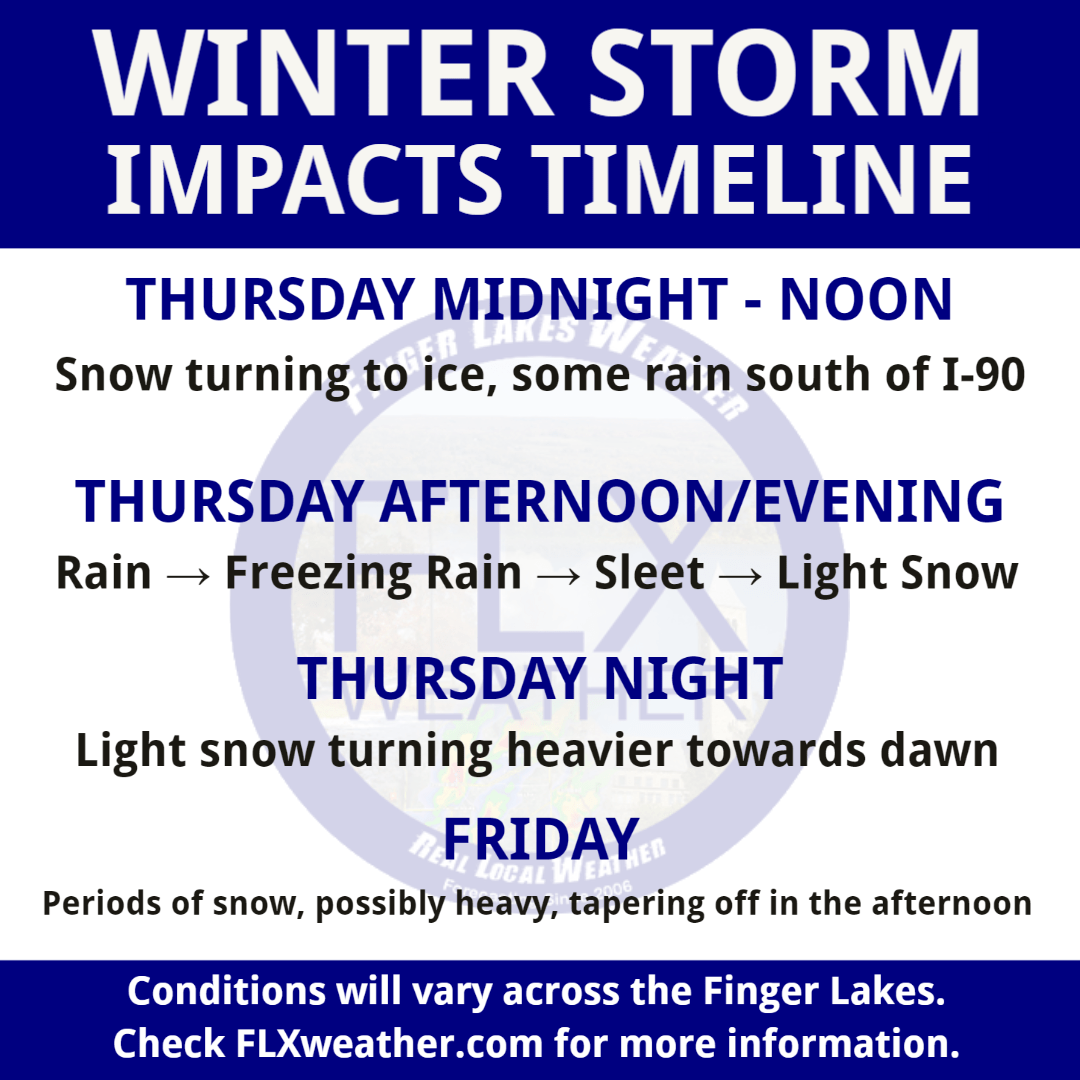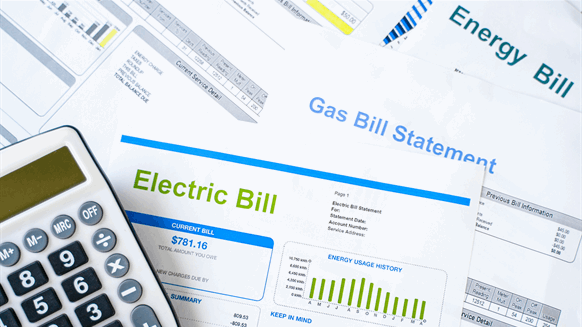Winter Weather Timeline: Planning And Preparation Guide

Table of Contents
Early Autumn Preparations (September-October)
This is the crucial time to prepare your home and vehicle for the challenges of winter. Proactive winter weather preparation at this stage significantly reduces stress and potential problems later in the season.
Home Inventory and Maintenance
Before the first frost, take a thorough look at your home's winter readiness. This includes vital systems and emergency preparedness.
- Schedule professional furnace inspection and cleaning: A clean and well-maintained furnace is crucial for efficient heating and safety. Preventative maintenance can avoid costly repairs during a cold snap.
- Inspect and clean gutters: Clear gutters prevent ice dams, which can cause significant roof damage and water leaks. Remove leaves and debris to ensure proper drainage.
- Stock up on essential supplies: Gather enough firewood (if applicable), blankets, flashlights, and extra batteries.
- Ensure adequate supply of non-perishable food items and bottled water: Prepare for potential power outages by stocking up on enough food and water for several days. Consider items with a long shelf life.
Vehicle Winterization
Getting your vehicle ready for winter driving conditions is paramount for safe travel during winter storms.
- Check antifreeze levels and tire pressure: Low antifreeze can lead to engine damage, while proper tire pressure is essential for optimal traction on icy roads.
- Consider winter tires for improved traction: Winter tires provide superior grip on snow and ice compared to all-season tires.
- Stock your vehicle with an emergency kit: Include jumper cables, blankets, a shovel, a first-aid kit, and non-perishable snacks. A well-stocked car kit can be a lifesaver during a roadside emergency.
- Ensure your car is properly insured and ready for adverse weather conditions: Review your insurance policy and ensure it covers winter-related damages and breakdowns.
Late Autumn Preparations (November)
As winter approaches, refine your preparations and focus on specific winter weather scenarios. This phase involves solidifying your plans and ensuring you have everything you need.
Develop a Winter Weather Plan
Creating a detailed plan ensures you're prepared for various winter weather emergencies.
- Establish a communication plan with family and neighbours: Designate a contact person and establish communication methods for emergencies, especially during power outages.
- Identify alternate routes and emergency shelters: Know alternative routes to your destination and locate nearby emergency shelters in case of road closures.
- Determine a meeting point in case of separation during a severe weather event: Choose a readily identifiable location in case family members get separated.
Gather Additional Supplies
Replenish your supplies and ensure you haven't overlooked anything crucial.
- Check battery levels for flashlights and radios: Test your emergency equipment to ensure it's functioning correctly.
- Ensure you have sufficient medications and pet supplies: Don't forget the needs of your pets. Have extra food, water, and medications for them as well.
- Prepare extra warm clothing, gloves, hats, and scarves: Ensure everyone in your household has sufficient warm clothing.
- Consider purchasing a generator for backup power: A generator can provide essential power during prolonged outages.
Winter Storm Watch and Warning Procedures (December-February)
Taking swift action when alerts are issued is critical for minimizing risks.
Monitoring Weather Forecasts
Stay updated on weather conditions to prepare for potential winter storms.
- Utilize reliable weather sources: Rely on official sources like the National Weather Service and reputable local news channels.
- Sign up for weather alerts on your phone or email: Receive timely warnings directly to your device.
- Pay close attention to winter storm watches, warnings, and advisories: Understand the difference between watches and warnings and act accordingly.
Responding to Winter Weather Alerts
Execute your winter weather plan when alerts are issued.
- Bring pets inside and secure outdoor items: Protect your pets and prevent damage to outdoor property.
- Charge electronic devices and fill vehicles with fuel: Ensure you have power and fuel for essential needs.
- Prepare for potential power outages: Make sure you have alternative lighting and heating sources.
- Avoid unnecessary travel during severe weather events: Stay home unless absolutely necessary.
Post-Winter Storm Recovery (March-April)
Addressing the aftermath of winter storms is crucial for a swift return to normalcy.
Assessing Damages
Check your property for damage after a winter storm.
- Inspect your home for leaks, damage, or structural issues: Look for any signs of damage that may require professional attention.
- Contact your insurance company to report damages: File a claim as soon as possible to begin the repair process.
- Clean up debris and snow safely: Remove snow and debris carefully, avoiding injuries.
Recovering and Replenishing
Restore your home and replace any used or damaged supplies.
- Replace any used or damaged supplies: Replenish your emergency kit and food supplies.
- Check the condition of your vehicle and get necessary repairs: Ensure your vehicle is roadworthy.
- Review your winter weather plan and make improvements as needed: Learn from any challenges faced and improve your plan for next winter.
Conclusion
A comprehensive winter weather timeline is crucial for effective planning and preparation. By following the steps outlined in this guide, you can significantly reduce the risks and disruptions associated with winter weather. Remember to consistently monitor weather forecasts, adjust your preparations as needed, and always prioritize safety. Don't wait until the first snowflake falls; start planning your winter weather preparation today! A proactive approach to winter weather preparedness can make all the difference in ensuring a safe and comfortable winter season.

Featured Posts
-
 Gavin Newsom Faces Gaslighting Accusations After Podcast Reveal A Social Media Analysis
Apr 25, 2025
Gavin Newsom Faces Gaslighting Accusations After Podcast Reveal A Social Media Analysis
Apr 25, 2025 -
 Ashton Jeanty The Cowboys Next Big Draft Pick
Apr 25, 2025
Ashton Jeanty The Cowboys Next Big Draft Pick
Apr 25, 2025 -
 Price Gouging Allegations Surface In La Following Devastating Fires
Apr 25, 2025
Price Gouging Allegations Surface In La Following Devastating Fires
Apr 25, 2025 -
 Ftc Challenges Court Ruling On Microsofts Activision Acquisition
Apr 25, 2025
Ftc Challenges Court Ruling On Microsofts Activision Acquisition
Apr 25, 2025 -
 Jan 6th Hearing Witness Cassidy Hutchinson To Publish Memoir This Fall
Apr 25, 2025
Jan 6th Hearing Witness Cassidy Hutchinson To Publish Memoir This Fall
Apr 25, 2025
Latest Posts
-
 Nhl Playoff Predictions Post 2025 Trade Deadline
May 10, 2025
Nhl Playoff Predictions Post 2025 Trade Deadline
May 10, 2025 -
 Nhls Hart Trophy Draisaitl Hellebuyck And Kucherov Vie For Top Honors
May 10, 2025
Nhls Hart Trophy Draisaitl Hellebuyck And Kucherov Vie For Top Honors
May 10, 2025 -
 2025 Nhl Trade Deadline Predicting The Playoff Picture
May 10, 2025
2025 Nhl Trade Deadline Predicting The Playoff Picture
May 10, 2025 -
 Hart Trophy Finalists Announced Draisaitl Hellebuyck And Kucherov
May 10, 2025
Hart Trophy Finalists Announced Draisaitl Hellebuyck And Kucherov
May 10, 2025 -
 Hart Trophy Finalist Leon Draisaitls Outstanding Season With The Oilers
May 10, 2025
Hart Trophy Finalist Leon Draisaitls Outstanding Season With The Oilers
May 10, 2025
